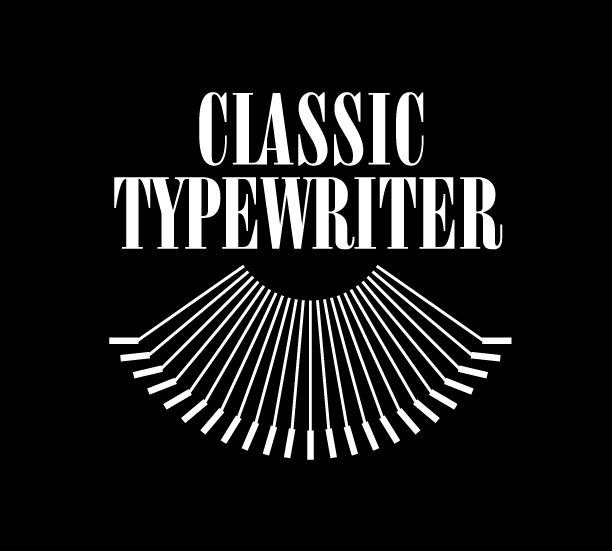The Fascinating History of Electric Typewriters: From Innovation to Obsolescence
Though my fascination is mostly for manual, non electric typewriters… I still find the history of their elecrric counterparts fascinating.
For over a century, typewriters were the backbone of modern communication, and among them, the electric typewriter represented a revolutionary leap forward. With their smooth operation, increased typing speed, and reduced physical effort, electric typewriters transformed offices, journalism, and creative writing in the 20th century.
In this blog post, we’ll explore the history of electric typewriters, from their early prototypes to their golden age—and ultimately, their fade into technological nostalgia.
What Is an Electric Typewriter?
An electric typewriter uses a motor to power the typing mechanism. Unlike manual typewriters, which rely entirely on finger pressure, electric typewriters reduce the physical strain on the typist by automating key motion and carriage return. This advancement made typing faster, more consistent, and less fatiguing.
The First Electric Typewriter: The Electric Blickensderfer (1902)
Before IBM, before even the Electromatic, there was a remarkable innovation: the Electric Blickensderfer. In 1902, George Blickensderfer introduced what is considered the first fully electric typewriter.
What Made the Electric Blickensderfer Special?
It used a universal typewheel instead of typebars, similar to later innovations like the IBM Selectric.
Powered by an electric motor, it aimed to increase typing speed and ease.
It was ahead of its time—released when electricity was still not widely available in homes and offices.
Despite its promise, the Electric Blickensderfer never gained commercial traction. It was expensive and limited by the availability of reliable electrical infrastructure. Still, it laid crucial conceptual groundwork for what would follow decades later.
IBM’s Breakthrough: The Electric Typewriter Goes Mainstream (1930s–1950s)
Fast forward to the 1930s, and IBM picked up where earlier pioneers left off. In 1935, IBM introduced the IBM Model 01, based on the Electromatic typewriter developed by the Northeast Electric Company. It was one of the first commercially successful electric typewriters, and it quickly found favor in professional environments.
By the 1950s, IBM released the Model B, a faster, more refined version that brought electric typing into the mainstream business world.
The Selectric Revolution (1961)
No discussion of electric typewriters is complete without the IBM Selectric, released in 1961. This landmark machine replaced the traditional typebars with a revolutionary “golf ball” typing element, which rotated and pivoted to strike the page.
Why the Selectric Was a Game Changer:
Faster and quieter than previous models
Interchangeable typeballs allowed users to change fonts instantly
Improved reliability with fewer mechanical jams
The Selectric dominated the typewriter market for nearly two decades and became a symbol of professional writing and business correspondence.
Other Innovators and Expanding the Market
While IBM led the electric typewriter market, other companies contributed greatly:
Smith-Corona created affordable and portable electric models that were popular with students and home typists.
Brother and Olivetti introduced compact designs with modern styling in the 1970s and 1980s.
Some advanced models even featured basic word-processing functions like memory storage, automatic correction, and justified margins.
From Innovation to Obsolescence: The Fall of Electric Typewriters
The 1980s marked a turning point. As personal computers and dedicated word processors became affordable, the typewriter began its decline.
The advantages of digital editing, file storage, and printing flexibility quickly overshadowed the mechanical charm of electric typewriters. By the 1990s, they had become mostly obsolete—still in use in a few niche roles, but no longer central to communication.
The Legacy of Electric Typewriters
Though outpaced by modern technology, electric typewriters left a lasting legacy. They:
Transformed office work by increasing efficiency and reducing fatigue
Inspired later keyboard and word-processing technologies
Fostered a deep nostalgia among writers, collectors, and tech enthusiasts
Today, they are appreciated as symbols of a tactile, distraction-free writing era. Some writers still choose electric typewriters for the rhythmic clack and focused attention they demand.
Final Thoughts
From the Electric Blickensderfer in 1902 to the dominance of the IBM Selectric, the story of electric typewriters is one of bold innovation, corporate ingenuity, and a shifting technological landscape. These machines bridged the gap between the mechanical and digital ages—and continue to inspire those who seek clarity and intention in the written word.

